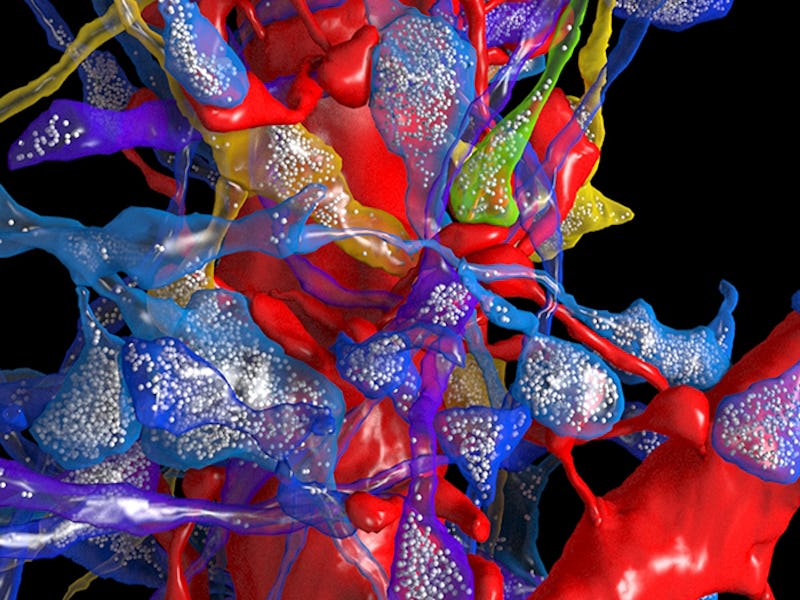Harvard's Using a National Intelligence Grant for "Moonshot" A.I. Research
Big things are on the way.

If artificial intelligence really will transform the world as many experts think it will, then it’s a good bet to start investing now. So it comes as little surprise to hear that Harvard University applied for and won a $28 million grant to pour into a five-year A.I. study.
The surprise, however, is where the money is coming from: the Intelligence Advanced Research Projects Activity, an organization under the U.S. Office of the Director of National Intelligence.
The money will reportedly go specifically towards researching the complex processes in mammalian brains and why they are wired so well to learn and utilize new information as it presents itself. The goal is to design computer algorithms that are optimized to learn the way human beings do. Working together, neuroscientists and computer programmers from Harvard and 13 other labs around the country will observe and analyze activity in the visual cortex of humans, and attempt to mimic those processes in a machine system.
“This is a moonshot challenge, akin to the Human Genome Project in scope,” biologist, computer scientist, and project leader David Cox told Computer World. “As we figure out the fundamental principles governing how the brain learns, it’s not hard to imagine that we’ll eventually be able to design computer systems that can match, or even outperform, humans.”
Why is IARPA interested in A.I. research? The organization actually funds a wide range of different projects — some closely related to intelligence gathering and analysis, and some only loosely related. When it comes to A.I., however, it’s easy to see why the intelligence community is eager to see the advancement of autonomous systems. A.I. could absorb huge chunks of data and make sense of it much faster than humans could. They could identify patterns and trends or outliers in human behavior in ways people aren’t readily equipped.
The first part of the study involves training rats to recognize objects on a computer monitor, and recording the activity of their vision neurons. After that, the rat brains will be studied directly with the world’s first multi-beam scanning electron microscope, conveniently located at Harvard as well.
Hopefully, Cox and his team will be able to use that data to digitally [reconstruct] the entire visual system in three dimensions — from which other researchers can take the reins and build algorithms that can learn and identify patterns based on those reconstructions.
It’s not immediately clear in what ways IARPA is hoping to use a system like this for intelligence purposes. The only sure thing is that they are definitely not looking for a short-term payout. This study could lead to impressive breakthroughs in A.I. development, but any practical applications won’t manifest for at least another decade (and probably several decades if we’re being realistic). But IARPA’s early investments will probably pay off on that timeline.